Monday Maritime Matters
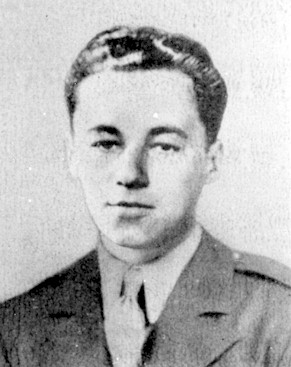
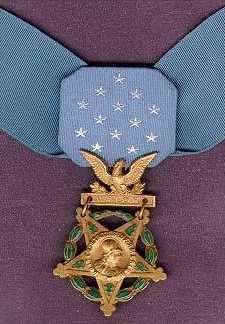
The President of the United States of America, authorized by Act of Congress, March 3, 1863 has awarded in the name of the Congress the Medal of Honor posthumously to:
ERIC G. GIBSON
UNITED STATES ARMYRank and organization: Technician Fifth Grade, U.S. Army, 3d Infantry Division.
Place and date: Near Isola Bella, Italy, 28 January 1944.
Entered service at: Chicago, Ill.
Birth: Nysund, Sweden.
Citation: For conspicuous gallantry and intrepidity at risk of life above and beyond the call of duty. On 28 January 1944, near Isola Bella, Italy, Tech. 5th Grade Gibson, company cook, led a squad of replacements through their initial baptism of fire, destroyed four enemy positions, killed 5 and captured 2 German soldiers, and secured the left flank of his company during an attack on a strongpoint. Placing himself 50 yards in front of his new men, Gibson advanced down the wide stream ditch known as the Fossa Femminamorta, keeping pace with the advance of his company. An enemy soldier allowed Tech. 5th Grade Gibson to come within 20 yards of his concealed position and then opened fire on him with a machine pistol. Despite the stream of automatic fire which barely missed him, Gibson charged the position, firing his submachine gun every few steps. Reaching the position, Gibson fired pointblank at his opponent, killing him. An artillery concentration fell in and around the ditch; the concussion from one shell knocked him flat. As he got to his feet Gibson was fired on by two soldiers armed with a machine pistol and a rifle from a position only 75 yards distant. Gibson immediately raced toward the foe. Halfway to the position a machinegun opened fire on him. Bullets came within inches of his body, yet Gibson never paused in his forward movement. He killed one and captured the other soldier. Shortly after, when he was fired upon by a heavy machinegun 200 yards down the ditch, Gibson crawled back to his squad and ordered it to lay down a base of fire while he flanked the emplacement. Despite all warning, Gibson crawled 125 yards through an artillery concentration and the cross fire of 2 machineguns which showered dirt over his body, threw 2 hand grenades into the emplacement and charged it with his submachine gun, killing 2 of the enemy and capturing a third. Before leading his men around a bend in the stream ditch, Gibson went forward alone to reconnoiter. Hearing an exchange of machine pistol and submachine gun fire, Gibson’s squad went forward to find that its leader had run 35 yards toward an outpost, killed the machine pistol man, and had himself been killed while firing at the Germans.
SP5 Gisbon was inducted into the Quartermaster Hall of Fame in 1999, and the NCO Academy Dining Hall at Ft. Lee is named in SP5 Gibson’s remembrance.
On 13 February 1995, the Army Chief of Staff, General Gordon R. Sullivan unveiled the ship’s bell and name board for a container ship. This ship, formerly the freighter Sea Wolf, was renamed as the SP5 Eric G Gibson (AK 5091). The ship, chartered by the Navy and owned by a private firm, is in the Army Prepositioned fleet in the Pacific where it is a key element in U.S. strategic mobility capability. It contains sustainment cargo including MREs, lubricants, medical supplies, repair parts and chemical defense equipment. More info on the T-AK class units is here.
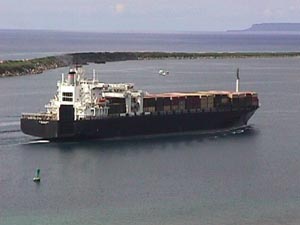
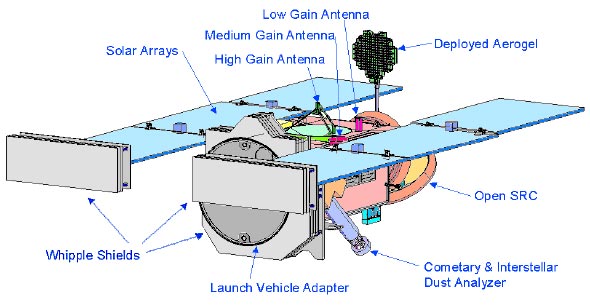
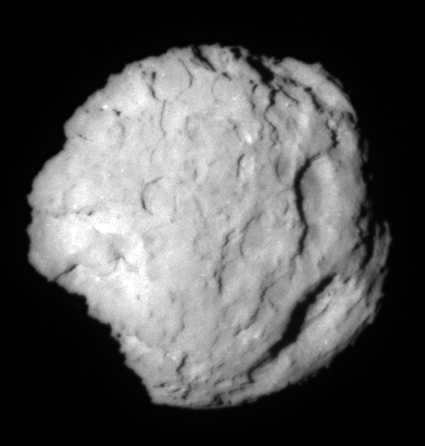
Categories: Army, Maritime Matters, Military, Military History
